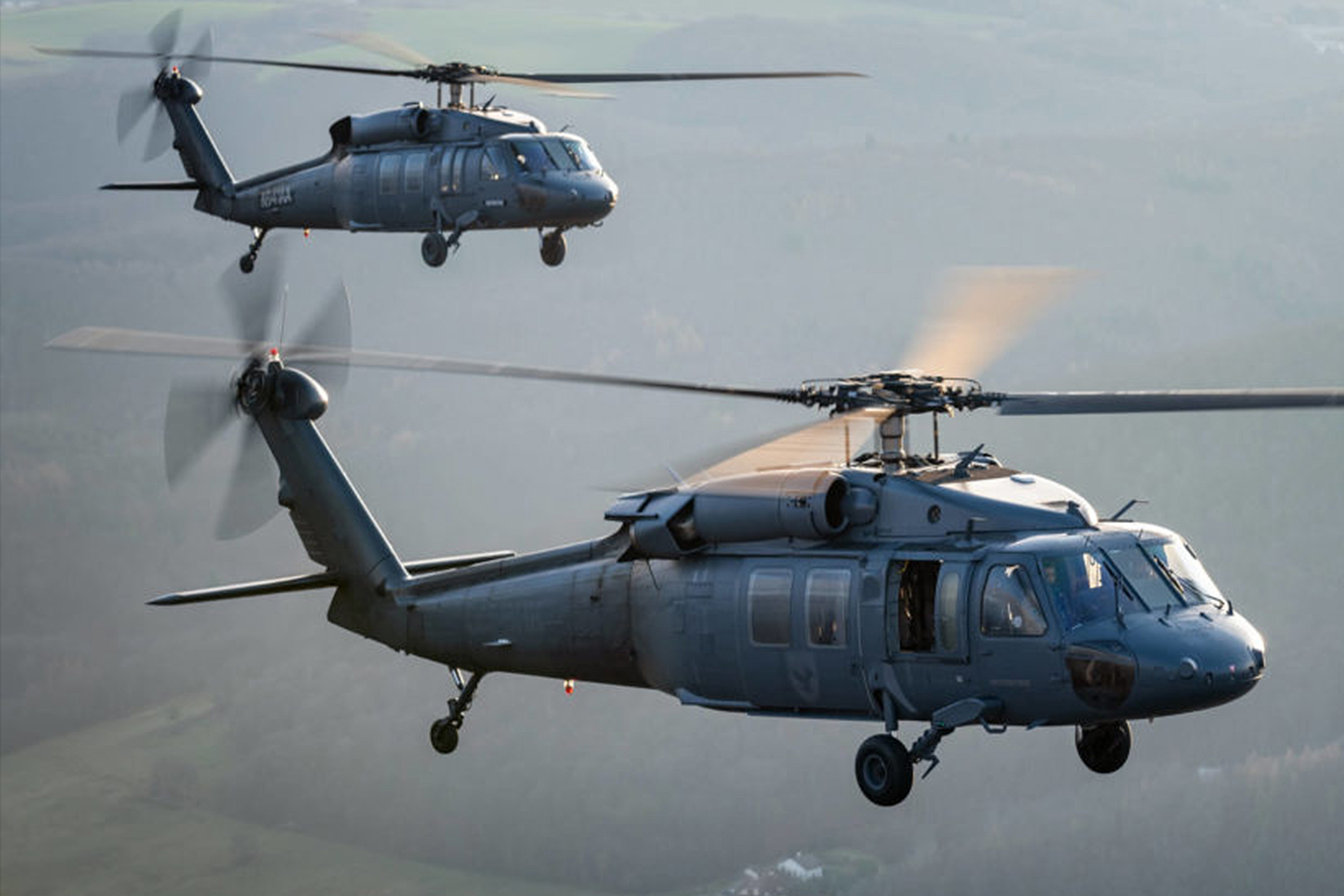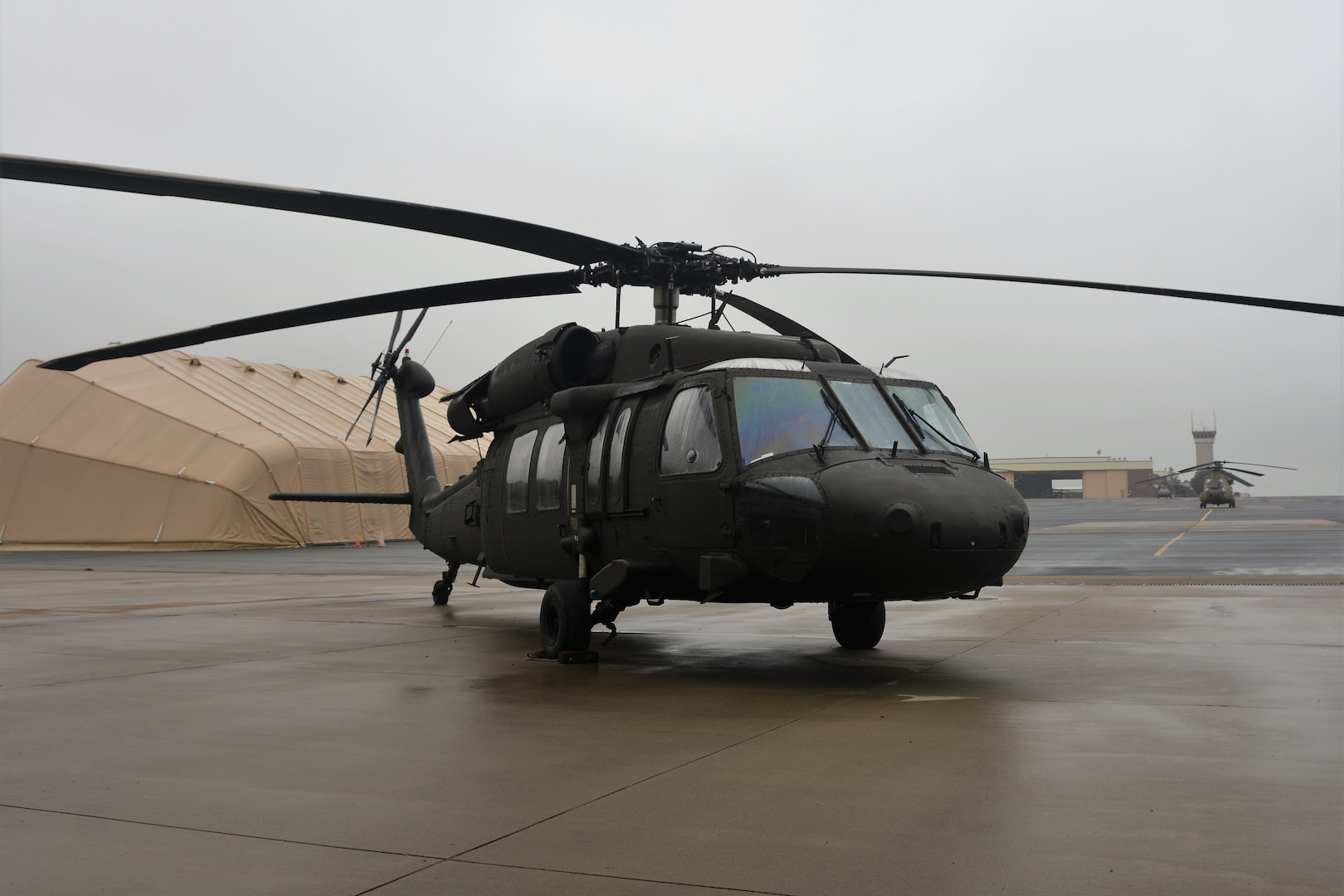The Role of UH 60 in Modern Military Procedures
The Role of UH 60 in Modern Military Procedures
Blog Article
The Influence of Sustainable Practices on the Future of Aircraft Operations and Emissions Reduction
As the aeronautics market deals with increasing scrutiny over its environmental effect, the adoption of lasting techniques becomes an essential path towards future airplane operations and emissions decrease. Developments in lasting air travel gas and developments in hybrid propulsion technologies stand at the center of this improvement, promising substantial decreases in greenhouse gas discharges. The effective integration of these initiatives pivots on a range of aspects, including governing structures and industry partnership. The inquiry stays: exactly how will these advancing methods reshape the dynamics of flight and add to a more lasting future?

Summary of Sustainable Practices
Sustainable techniques in airplane procedures encompass a variety of approaches focused on decreasing environmental influence while maintaining operational effectiveness. These methods are essential in the air travel sector's commitment to lessening its carbon impact and adhering to international environmental criteria. Key initiatives consist of maximizing trip courses to reduce gas consumption, improving upkeep procedures to make certain airplane operate at peak effectiveness, and executing advanced innovations such as winglets and lightweight materials that improve aerodynamics.

Training and involving personnel on sustainability practices likewise play an essential role, fostering a culture of ecological responsibility within organizations. On the whole, the combination of these lasting methods not only helps in reducing discharges but likewise boosts the long-term stability of the aeronautics sector, ensuring it fulfills the needs of both consumers and governing bodies while adding to global sustainability goals.
Ingenious Fuel Alternatives
Many ingenious fuel alternatives are becoming pivotal options to decrease the air travel market's dependence on traditional nonrenewable fuel sources. Amongst these choices, Lasting Aeronautics Fuels (SAFs) have gained considerable interest due to their potential to lower lifecycle greenhouse gas discharges by up to 80% compared to standard jet gas. SAFs are stemmed from various feedstocks, consisting of waste oils, agricultural deposits, and even algae, making them a versatile choice for the market.
Another appealing option is hydrogen gas, which, when utilized in fuel cells, creates just water vapor as a by-product. In addition, electric propulsion systems are being checked out, leveraging battery modern technology to power aircraft.
Finally, biofuels stemmed from biomass are being investigated, supplying a sustainable option that can be mixed with conventional gas. Collectively, these innovative fuel alternatives stand for a crucial step towards achieving a lasting aviation ecosystem, lining up with international exhausts reduction targets and improving the industry's environmental stewardship.
Technical Innovations in Aeronautics

Just how can technical advancements reshape the future of air travel? Advancements such as electrical and hybrid propulsion systems are at the forefront, promising considerable decreases in fuel intake and greenhouse gas emissions.
Additionally, the execution of advanced products, such as light-weight composites, adds to improved aerodynamics and gas performance. Making use of artificial knowledge and device discovering in flight procedures optimizes course preparation and minimizes gas melt by enabling real-time modifications based on climate and traffic conditions. In addition, the advancement of autonomous and remotely piloted aircraft systems stands to reinvent cargo and passenger transportation, potentially raising efficiency while minimizing human error.
Moreover, sustainable aeronautics innovations, consisting of sophisticated air website traffic management systems, can streamline operations and reduce blockage, bring about lower discharges throughout flight. These advancements collectively stand for a standard shift in aeronautics, assuring a future where sustainability and operational performance are intertwined, thus he said sustaining the sector's commitment to decreasing its environmental impact.

Regulatory Structure and Conformity
Taking into account the growing focus on environmental stewardship within the aviation field, the governing framework governing airplane operations is progressing to advertise sustainable techniques. Regulatory bodies, such as the International Civil Aeronautics Organization (ICAO) and different national aviation authorities, are introducing rigid standards focused on reducing exhausts and enhancing operational effectiveness.
These regulations commonly consist of the adoption of Sustainable Aviation Fuel (SAF), which has actually been identified as a crucial component in attaining lower carbon impacts. Compliance with these policies needs airlines to apply sophisticated technologies and functional methods, such as enhanced flight courses and improved air web traffic management, to reduce fuel consumption.
Additionally, the enforcement of exhausts trading systems and carbon balancing out initiatives is coming to be increasingly widespread, compelling airlines to keep track of and report their exhausts accurately. Non-compliance can cause significant charges, therefore pressing operators to prioritize sustainability in their service versions.
Inevitably, the progressing governing landscape not just drives technology and investment in eco-friendly technologies yet also promotes a culture of responsibility within the aviation market. As these frameworks remain to establish, the focus on sustainable techniques will certainly be indispensable to achieving the market's lasting environmental objectives.
Future Fads in Airplane Workflow
As the aviation market adapts to a significantly rigid governing setting, future fads in airplane operations are set to concentrate on ingenious services that further boost sustainability and efficiency - uh 60. Secret developments will likely include the adoption of advanced air traffic monitoring systems, which use real-time information and expert system to enhance trip paths, reducing gas intake and exhausts
One more significant pattern is the enhanced assimilation of lasting aviation fuels (SAFs) These alternatives to conventional jet fuel, derived from sustainable resources, can substantially lower lifecycle greenhouse gas discharges. The market's commitment to SAFs will likely increase as airlines team up with gas manufacturers to make certain accessibility and cost-effectiveness.
Furthermore, the push towards electrification and hybrid propulsion systems is gaining momentum. Arising aircraft styles will incorporate these technologies, offering quieter and extra efficient operations, especially for short-haul flights.
Conclusion
Finally, the integration of lasting practices in aircraft operations holds substantial potential for exhausts decrease and enhanced efficiency. The fostering of lasting aviation gas, paired with improvements in electric and find out here hybrid propulsion systems, is vital for minimizing lifecycle greenhouse gas more information exhausts. In addition, maximizing trip paths and welcoming ingenious technologies add to a quieter and a lot more eco friendly air travel field. Jointly, these initiatives straighten with worldwide sustainability goals and lead the way for a greener future in air travel.
Technologies in sustainable aviation gas and improvements in hybrid propulsion modern technologies stand at the forefront of this improvement, encouraging substantial reductions in greenhouse gas discharges.Many innovative fuel choices are emerging as critical remedies to reduce the air travel sector's reliance on standard fossil gas - uh 60. Amongst these alternatives, Sustainable Aviation Gas (SAFs) have gained substantial focus due to their potential to decrease lifecycle greenhouse gas discharges by up to 80% contrasted to standard jet gas.An additional substantial pattern is the raised combination of lasting air travel gas (SAFs) The adoption of sustainable aviation fuels, combined with improvements in hybrid and electric propulsion systems, is vital for decreasing lifecycle greenhouse gas exhausts
Report this page